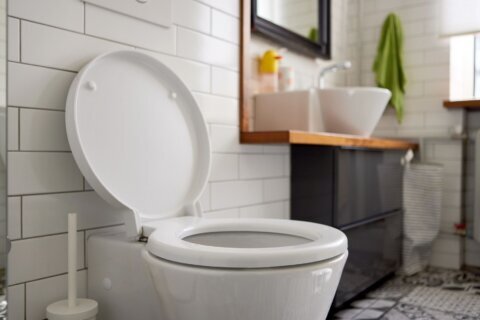Hitting the wall. Plateauing. Those last 10 pounds that won’t budge. Whatever you want to call it, we’ve all been there: The very same exercise routine that once sculpted your arms or trimmed your waistline is now doing, well, nothing.
This is normal. It’s happened to me, and I see it frequently with patients at Ohio State University Wexner Medical Center — from student athletes to everyday exercisers. Why? Because we improve our fitness through supra-physiologic exposure, meaning that when we give our bodies a higher dose of activity than to what they’re accustomed, they compensates and force us to grow. With added reps and greater weight, for example, our bodies adapt by creating more, bigger and better-trained muscle-nerve units. The process eventually hits a peak, at which point the body just can’t adapt anymore. It can be discouraging, and frequent — in fact, you can hit a wall in as few as six weeks.
[See: 10 Signs You Should Break Up With Your Gym.]
But the good news is that there are three simple ways you can analyze the effectiveness of your workouts so that you don’t plateau for long:
— Blood: Check your heart rate before and after your workout. If you have a fitness tracker that monitors your heart rate, this is easy. (Otherwise, simply take your pulse for 10 seconds and multiple by six to get beats per minute.) If your exercise isn’t getting you to what the American Heart Association indicates is your heart’s target rate based on your age, your workout isn’t pushing you hard enough.
— Sweat: If, after a fitness class or lifting session with a buddy, you’re walking back into work without showering, your workout is getting stale. You don’t have to be drenched, but an effective workout should at least dampen your gym shirt.
— Tears: Delayed onset muscle soreness (aka “DOMS”) is injury to the muscle that’s painful in the two to five days following training. It’s not necessarily a bad thing — it means you are breaking down muscle units so they can build back stronger. While you want to regularly rotate muscle groups so they have time to heal, if you’re no longer feeling soreness in the days after your workouts, your muscles have adapted to the demand.
[See: 5 Strength Machines You Should Start Using ASAP.]
Once you recognize that you’ve hit a wall, you can make adjustments to keep performing at your peak. For example, consider trying new programs at the gym or at home and, when the weather suits, hit new running trails and parks to give your body a chance to master new terrains. Rotate through a range of activities and you’ll not only improve your strength, but you’ll also stay engaged.
Another important way to prevent plateauing is by avoiding getting caught up with daily life, losing track of your workout targets and missing opportunities for progress. Instead, always go to the gym with a plan. Set goals and, if you reach them, make new ones. Get a handle on your personal physical fitness needs and match your goals to them. Need motivation? Bring along a partner or sign up with a personal trainer. They can help you stay motivated — and bring further variety to your workouts.
[See: Mantras That Get 11 Diet and Fitness Pros Through Their Toughest Moments.]
The key is not hesitating to hit the reset button. Stay focused on a moving target. Every six weeks or so, change your routine. Your body naturally adapts, but if you can keep your workouts fresh and new, the gains you can make are limited only by your commitment.
More from U.S. News
Please Don’t Fall for These Fitness Trends, Experts Beg
7 Reasons No One Likes You at the Gym
The 10 Best Exercises You Can Do for the Rest of Your Life
What to Do When Your Workouts Aren’t Working Anymore originally appeared on usnews.com







